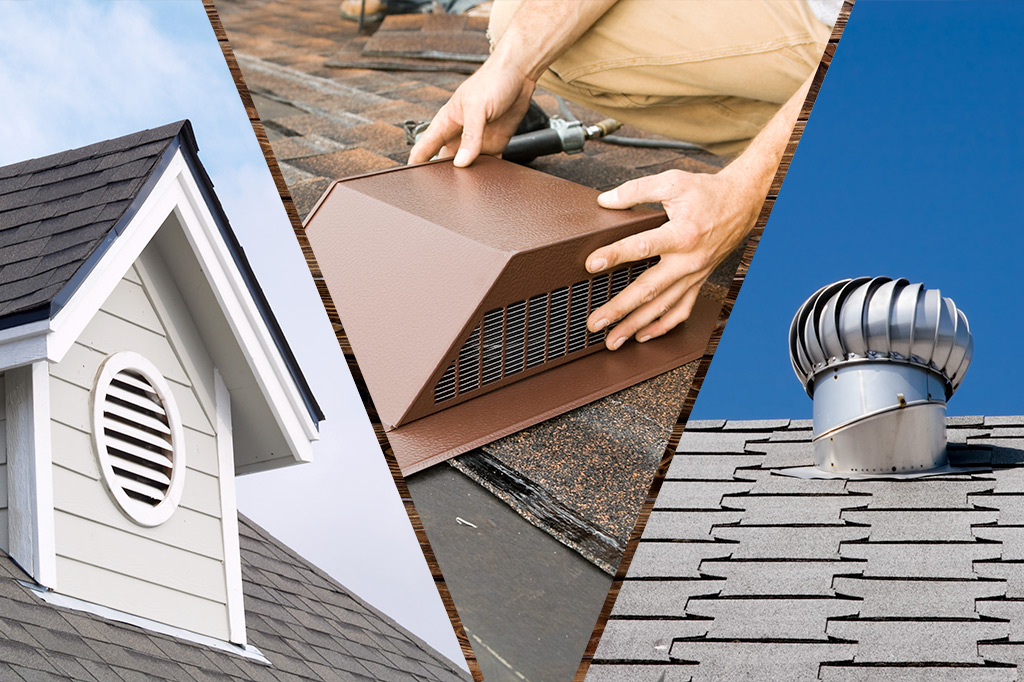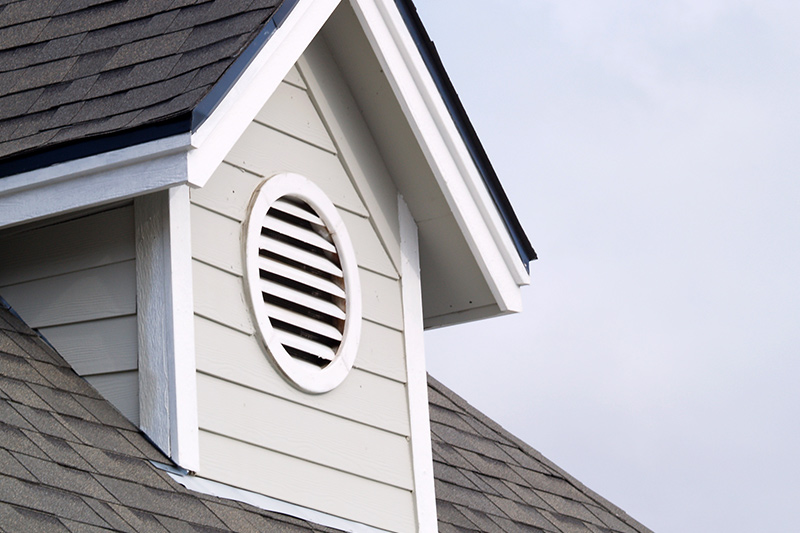There is a lot of information out there about roofing ventilation—why you need it and what kind of vent is best for your home—and it can be overwhelming. Quality roof ventilation depends on proper insulation, but this article will answer the most important questions and give you a simple overview of an expansive topic.
What is roofing ventilation?
A roofing ventilation system, installed above the attic of a home, creates and promotes airflow in the attic as it cycles in new air and expels old air. Essentially, roof vents allow your home to breathe. This current of fresh air keeps your roof at a moderately cool temperature, which protects the health and life span of your home.
Why is it so important for my house to have proper roofing ventilation?
People often underestimate the importance of a proper roofing ventilation system. Good roof vents increase your home’s energy efficiency and extend the life and quality of your roof. Roof vents remove musty air and moisture from your attic, preventing problems like mold, mildew, ice, rot, and poor air quality. The increased energy efficiency from roof vents saves you money, lowering your energy bill and reducing your carbon footprint.
Is a roofing ventilation system only important for hot climates?
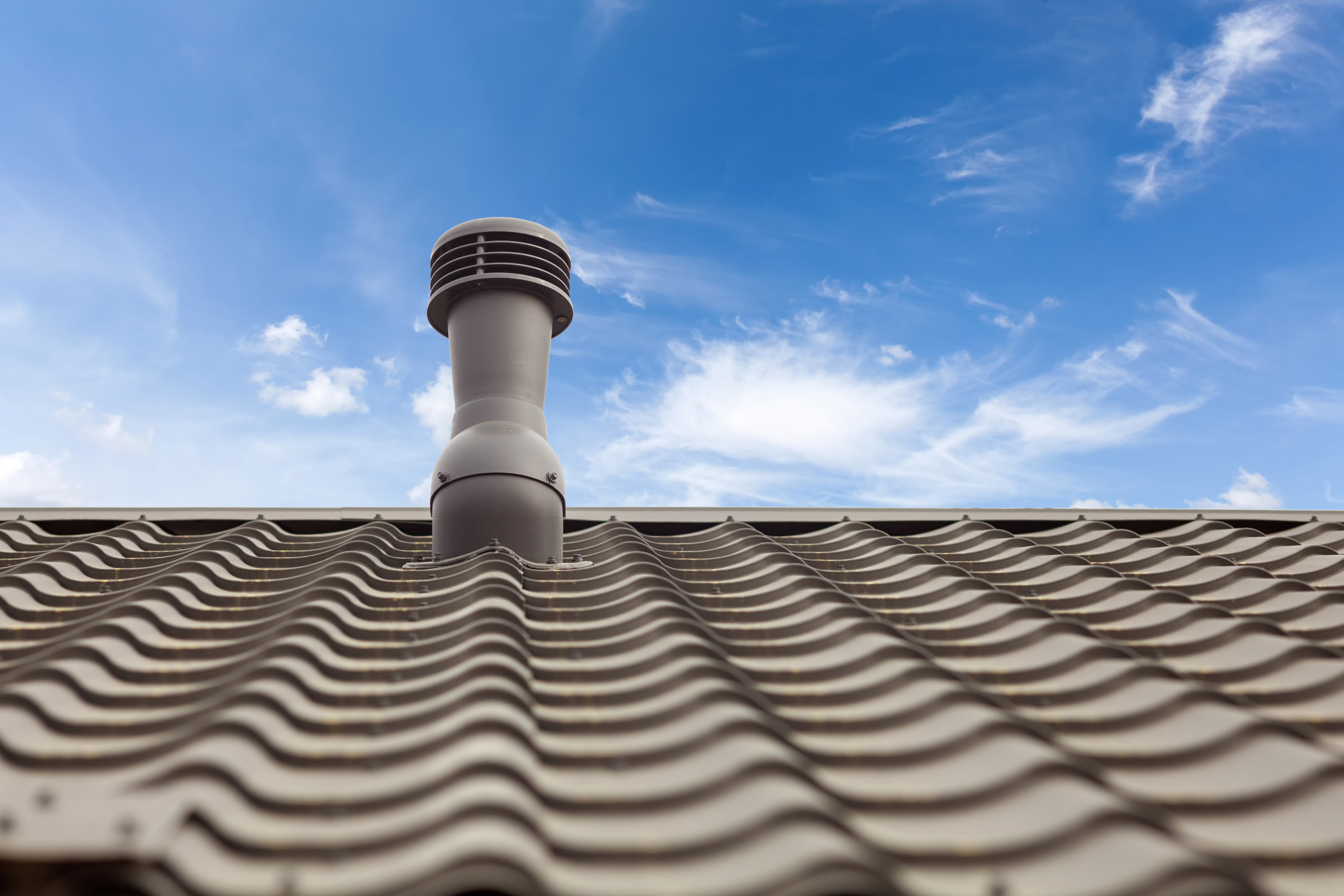
No. Roof vents are meant for all climates—hot, cold, or mixed. In the winter, a roof can encounter plenty of problems with ice and snow, and your heating bill could increase if you have cold air seeping in from your attic. Additionally, when hot air rises from your heated home and enters a poorly ventilated attic, the air condenses and causes moisture problems, leading to mold and mildew.
How important is the quality of my ventilation construction and my selection of the right vents?
A quality roofing ventilation system is essential. The wrong ventilation system—or a poorly installed one—can do more harm than good. A bad roofing ventilation job can mean voided warranties, energy losses, damaged roof components, and expensive repairs for problems with mold, ice, rot, and more.
What kinds of vents can I choose from?
There are many kinds of vents, and it can be overwhelming to look at all of them at once. First, know that you need both intake vents and exhaust vents, which work in conjunction with each other. Fresh air enters in through the intake vents at the low points of your roof, and hot and moisture-filled air escapes through exhaust vents at the hight of your roof. It is important to have an equal balance of air taken in and air exhausted out for the ventilation cycle to be effective.
Intake Vents
Soffit Vents
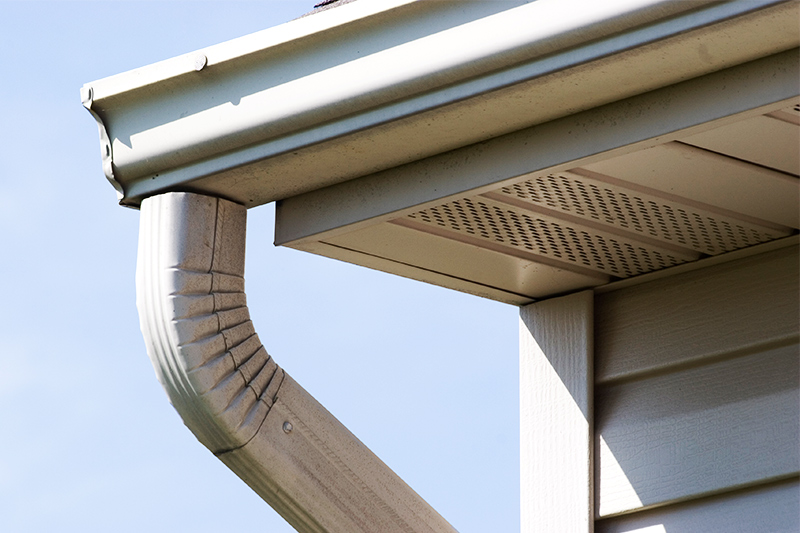
Soffit vents are the most effective intake vent today. They are easily installed on the underside of the overhang of the roof, which is called the soffit. They are hidden from sight and protected from the weather, bugs, and debris. Though they are the most effective, not all homes—especially older homes—have them.
Gable Vents
Gable vents are flat walls in the attic that are at a ninety-degree angle to the sloped ceiling walls. Gable vents are placed directly in the siding of these gable walls, right below the peak of the roof. They are older than soffit vents, so they are still more common than soffits in today’s residential homes. Gable vents are more noticeable than soffits but are sometimes used as a decorative element. Gable vents are effective so long as they have the necessary wind speed and direction to minimize the water intrusion through the roof vent systems, a problem that can lead to interior damage and mold growth.
CertainTeed Intake Vents
CertainTeed intake vents are relatively new to the scene but are quickly and consistently growing in popularity. They are easily installed on a roof with or without an overhang and work efficiently on their own or to support the current under-eave or soffit intake vents. These vents’ fiberglass filters offer excellent weather protection, and they come in black to blend in with or coordinate with most shingle colors. Although the lifespan of this vent hasn’t been determined yet, it has been proven trustworthy, and CertainTeed offers a lifetime limited warranty and five years of SureStart protection.
Exhaust Vents
Power Vents
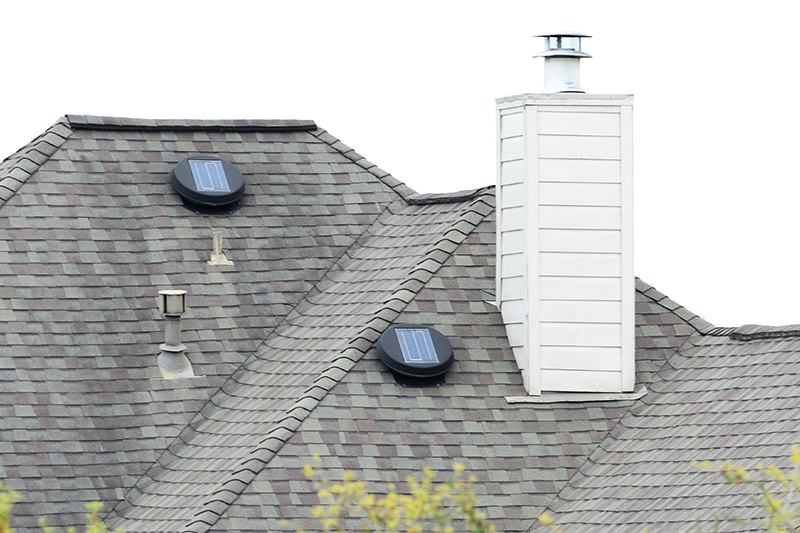
Power vents are exhaust vents that run by using either traditional electricity or electricity from a renewable resource such as solar energy. Traditional electricity is the more common way to power vents because solar power can be expensive upfront and is sun dependent. A large exhaust fan is mounted on the roof and actively sucks hot air and moisture out of the attic. It works quickly and quietly and is usually controlled by a thermostat or humidistat to improve air movement. However, there are a few downsides. The motor can stop working without the homeowner ever knowing due to the devices’ quiet operation, and they will not work if they lose electricity in a power outage. They’re also expensive to buy, run up your electric bill, and need to be completely replaced when the motor eventually breaks down.
Wind Turbines

A turbine vent is a large, rotating fan powered by the wind and mounted on a metal cylinder. As the wind causes the turbine to rotate, it draws up hot air and moisture. When the wind is blowing, turbine vents work well, but they are ineffective when there is insufficient wind. Additionally, they occasionally require repairs or replacement and can be noisy.
Box Vents
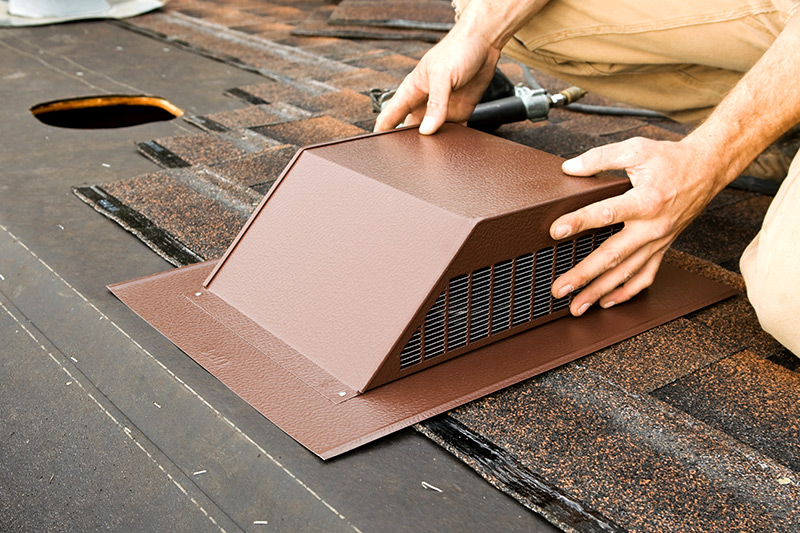
Box vents, also known as static vents, flat vents, turtle vents, or louvers, involve no moving parts, so they function without wind or power. This box-like piece of metal or plastic installed over a hole in the peak of the roof allows hot air and moisture to escape its openings around the edges. These vents’ slanted backs guard against weather and debris infiltration, and they are easy to install. These are the most common vents on traditional residential houses, and they come in a variety of sizes, styles, and colors. Individually, they are not very effective, so multiple vents are needed for proper ventilation.
Ridge Vents
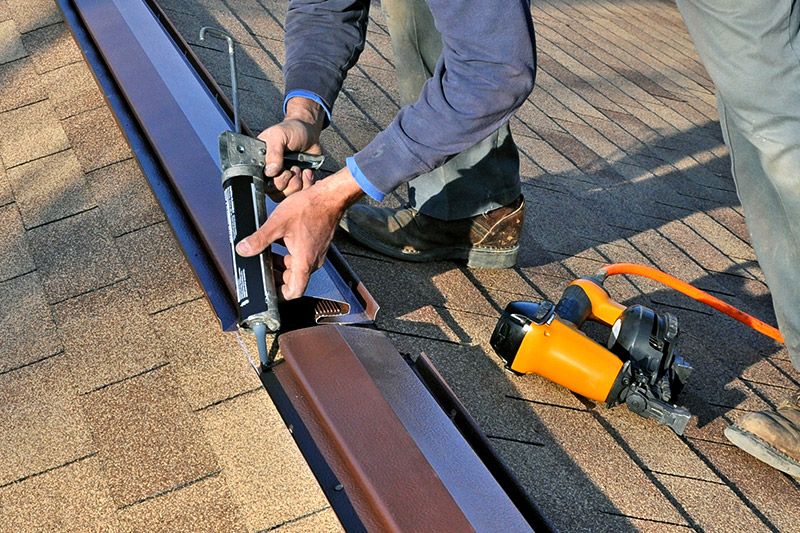
Ridge vents have no moving parts and are mechanically similar to box vents, but they run along the entire length of your roof. If installed properly, ridge vents will discreetly blend in with your shingles. They are designed to keep everything out other than air, and they are not dependent on the wind or other type of power. Ideally, the ridge vent is the most effective exhaust vent because most of the other ventilation systems cause hot and cold patches across the surface of the roof, whereas ridge vents create a completely balanced airflow along the roof.
There are other exhaust vents available on the market; however, the vents listed above are the most effective and commonly used.
Should I assume a ridge vent is the best vent for me?
An inexperienced roofing contractor or a quick Google search would tell you yes, but that is not the case. Ideally, ridge vents work best but only with the appropriate intake vents, and appropriate intake vents for ridge vents are plenty of soffit vents, which are common in new homes but typically absent from older homes. Most residential homes do not have enough soffit vents to accommodate ridge vents, which does more harm than good to your home. The majority of residential homes would do better with static vents.
How do I know which vent is the best for me?
It’s simple: contact your local, reputable contractor. He or she will calculate factors such as your roof size and design, airflow, climate, and cost to determine the best vent for your home and how many of said vent you need. Every roof is different, so it’s important to find the right ventilation system for you.
Big Fish has over eighteen years of experience installing and maintaining quality roofing ventilation systems. Call 262-470-1114 or e-mail erik@bigfishcontracting.com for an expert opinion and a free estimate.

